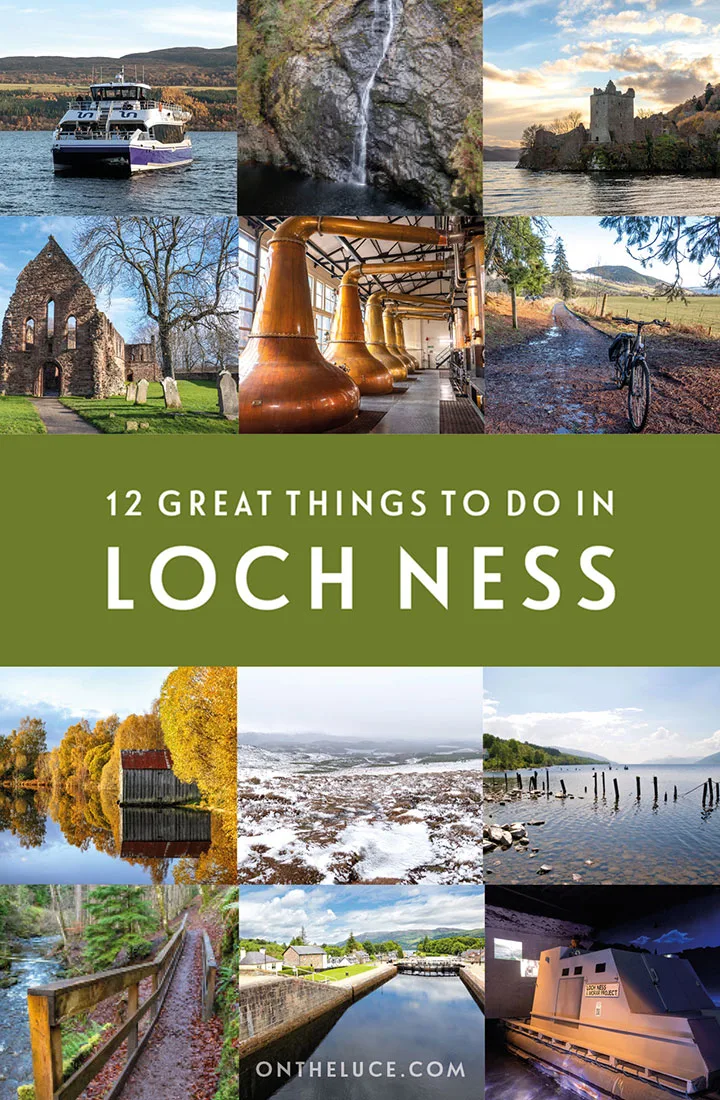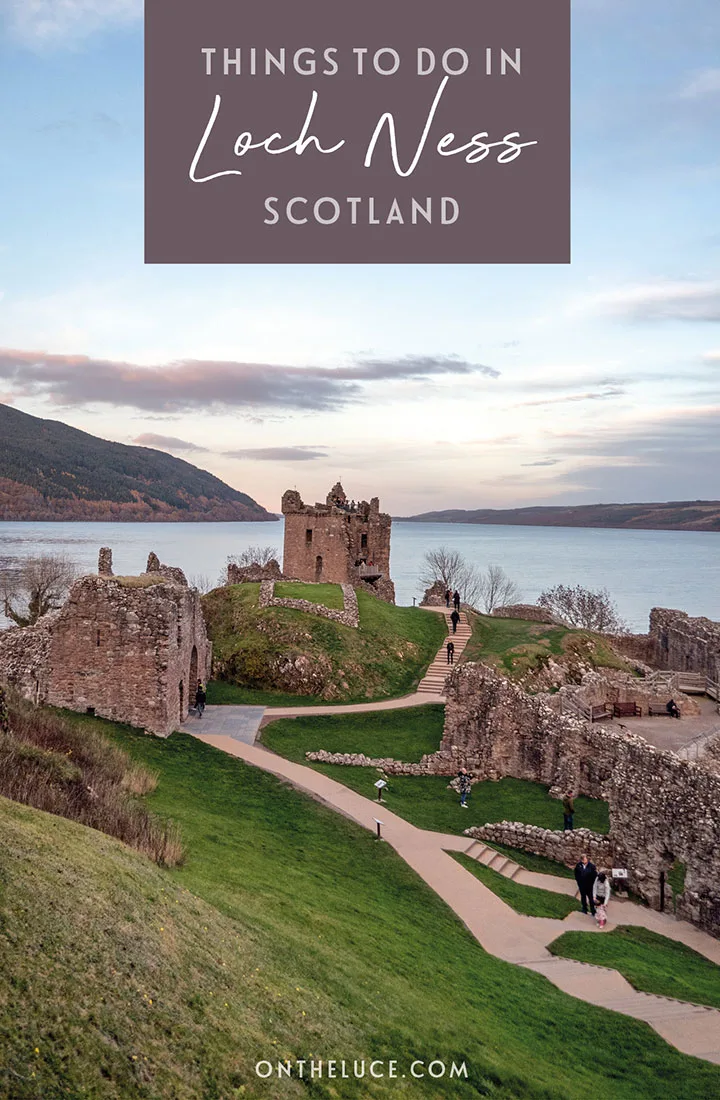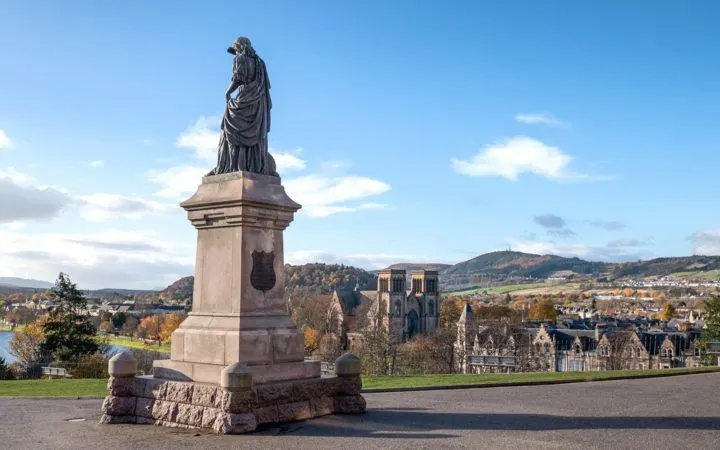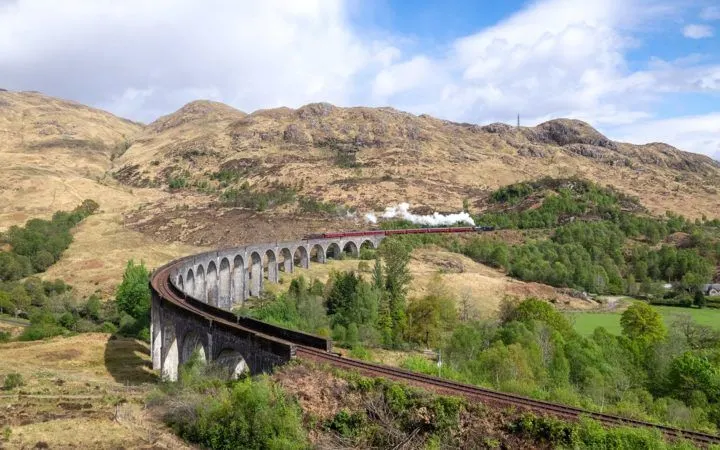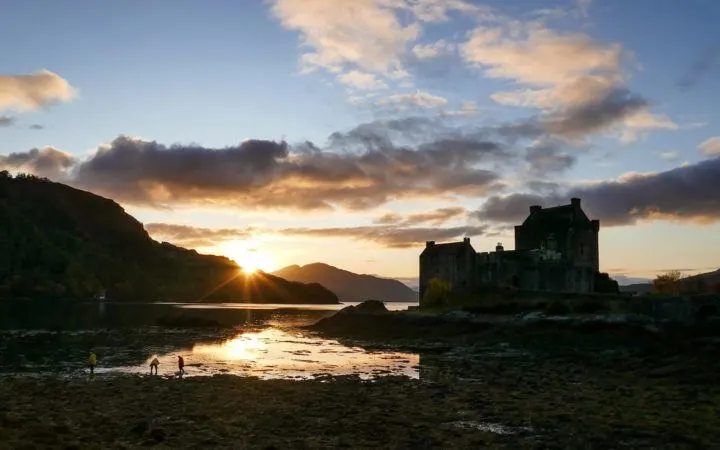Explore Scotland’s best-known lake with our guide to 12 of the top things to do in Loch Ness and the surrounding area, from waterfalls and woodland walks to boat trips and monster spotting.
* This site contains affiliate links, where I get a small commission from purchases at no extra cost to you.
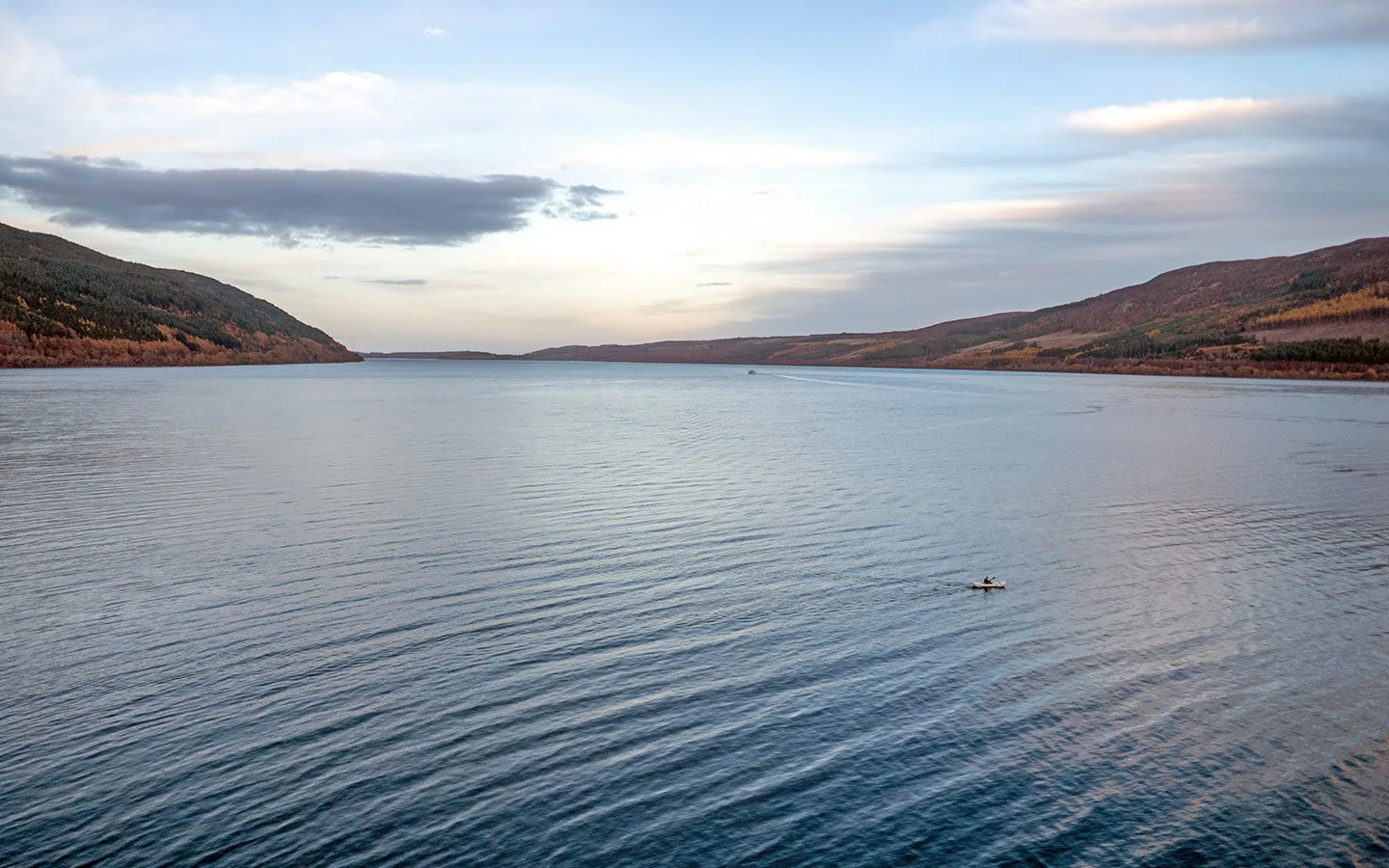
AD: This post is produced in association with Visit Inverness Loch Ness
Known for its size, its depth and a mysterious monster you might find lurking below the surface, Loch Ness is one of the world’s most famous lakes (though as it’s located in Scotland it’s known as a loch rather than a lake) and is a must-see on any Scotland itinerary. But there’s more to the Loch Ness region than just the loch itself.
I headed to Loch Ness on a trip focusing on wellbeing and the outdoors, getting a taste of the area’s beautiful landscapes and discovering the castles, abbeys, waterfalls, hills and beaches that surround the loch. So even if you don’t spot Nessie, there are plenty more things to do in Loch Ness and the area around it – here are 12 of the best.
12 things to do in Loch Ness
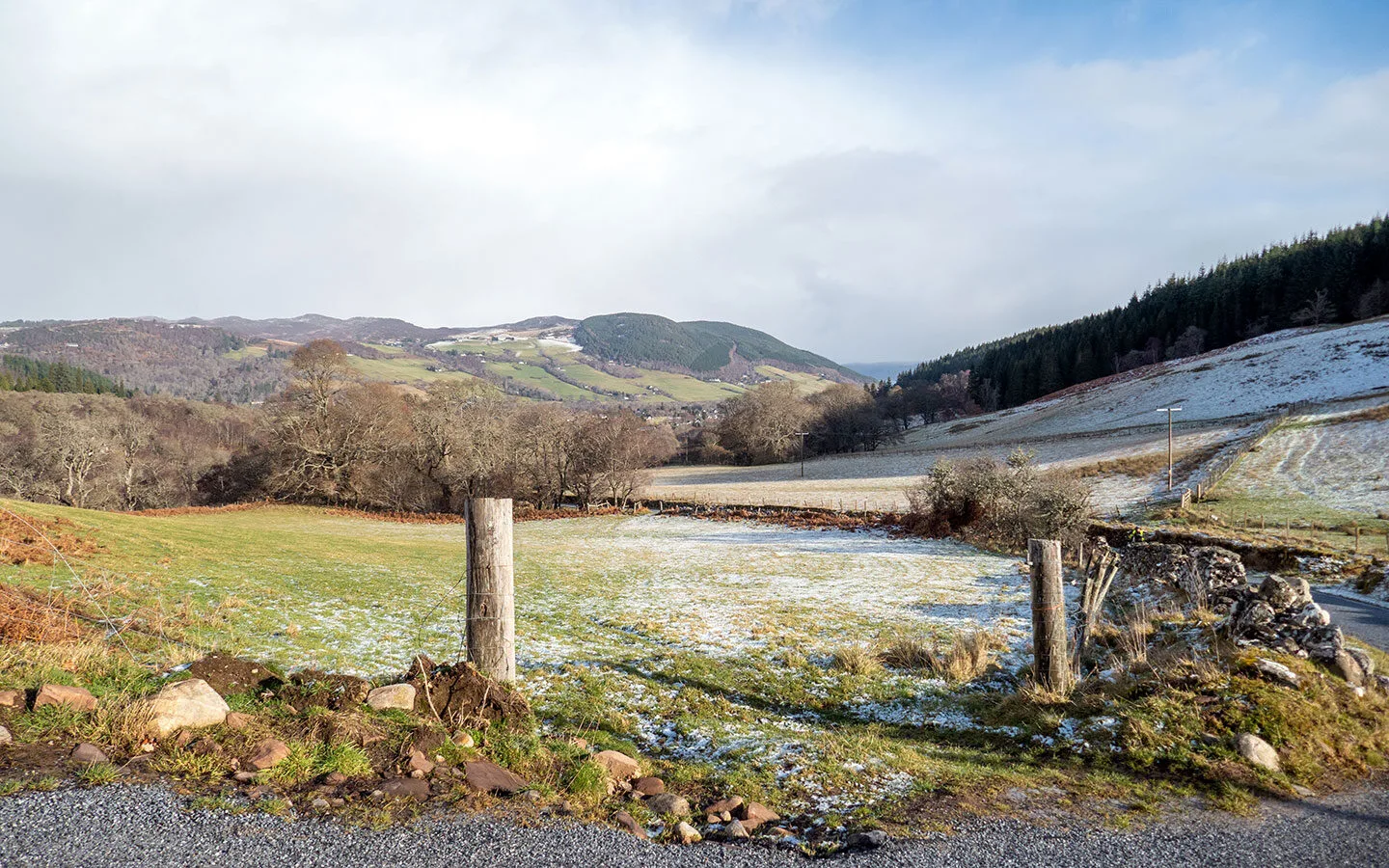
1. Set sail on the loch
At 22.5 miles long, a mile wide and 240 metres deep, Loch Ness is the largest lake by volume in Britain, with more water than all other lakes in England and Wales combined. It’s one of Scotland’s most iconic landmarks. And one of the top things to do in Loch Ness is to head out onto the waters of the loch to explore it by boat.
Being on the loch gives you a much better idea of its scale, with lovely views of the surrounding landscape. You can hire a canoe and paddle around the loch – there’s also the Great Glen Canoe Trail from Fort William to Inverness which takes four–five days.
Or take a Loch Ness boat trip. Both Jacobite Cruises (departing from Dochgarroch Lock and Clansman Harbour) and Cruise Loch Ness (from Fort Augustus) run 50-minute guided tours with lots of information about the loch. And boats have on-board sonar in case the monster makes an appearance, so keep an eye out below you.
Get there: Jacobite’s Inspiration cruise from Clansman Harbour costs £18 adults (£16 seniors, £14 children aged 6–15). The Cruise Loch Ness Daily cruise costs £18 adults (£16 seniors, £11 children aged 6–15). Both run trips year-round.
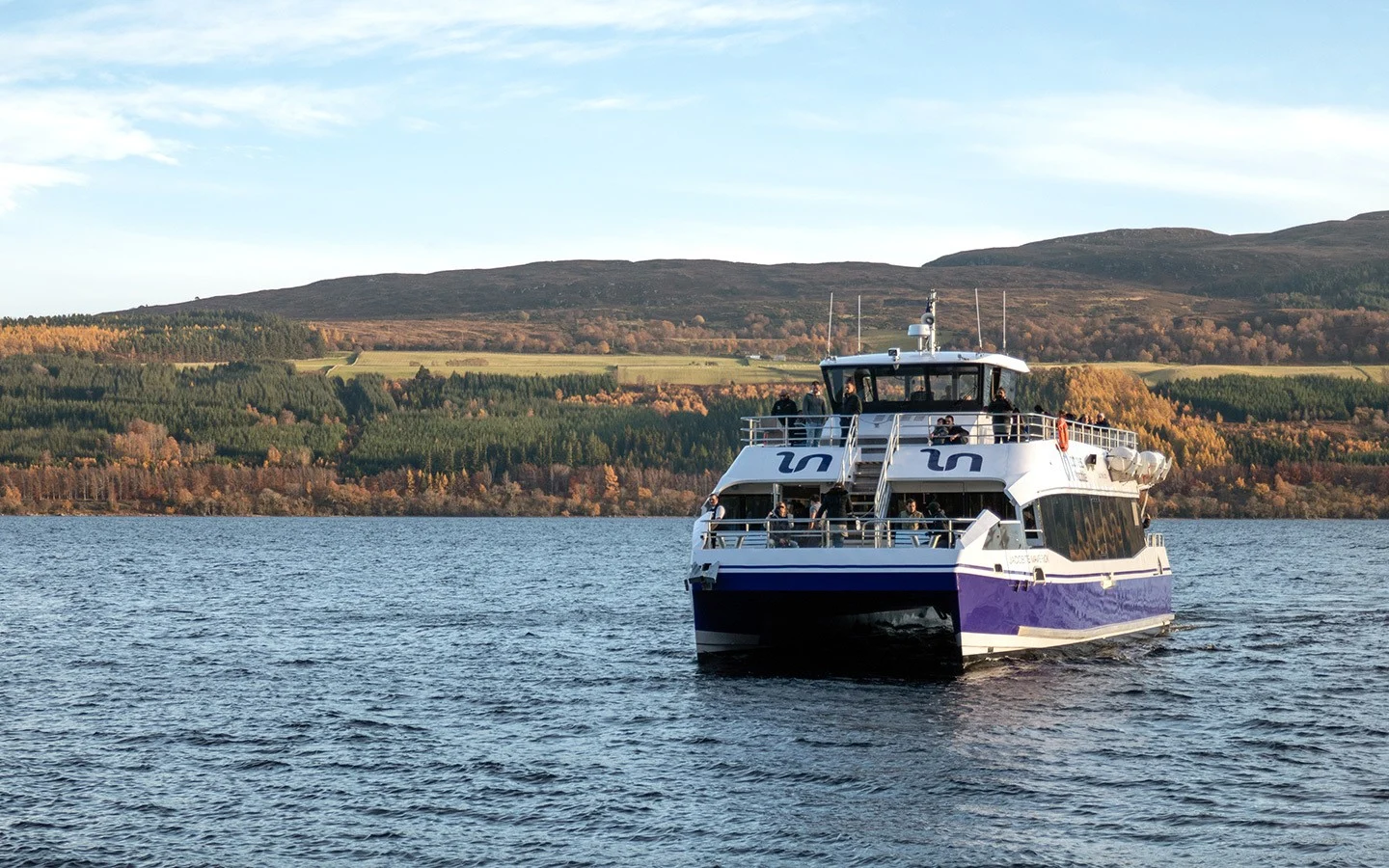
2. Go back in time at Urquhart Castle
Perched on a headland with a backdrop of the loch and mountains, ruined Urquhart Castle is an impressive sight. Its been watching over Loch Ness since the 13th century, and was built on the site of an older fort. One of Scotland’s largest castles, it played an important role in the fight for Scottish independence and battles with the MacDonald Clan.
Urquhart Castle was finally destroyed in 1692 to stop the Jacobites using it as a military base and has been left as a ruin ever since. You can find out more about its history at the visitor centre, which has a film and exhibition, and look around the ruins.
Climb to the top of the Grant Tower, walk along the remains of the ramparts and peer inside the prison cell where Gaelic bard Domhnall Donn was held.
Get there: Urquhart Castle is a 5-minute drive/45-minute walk from Drumnadrochit. Entry costs £13 adults (£10.50 concessions, £8 children aged 5–15).
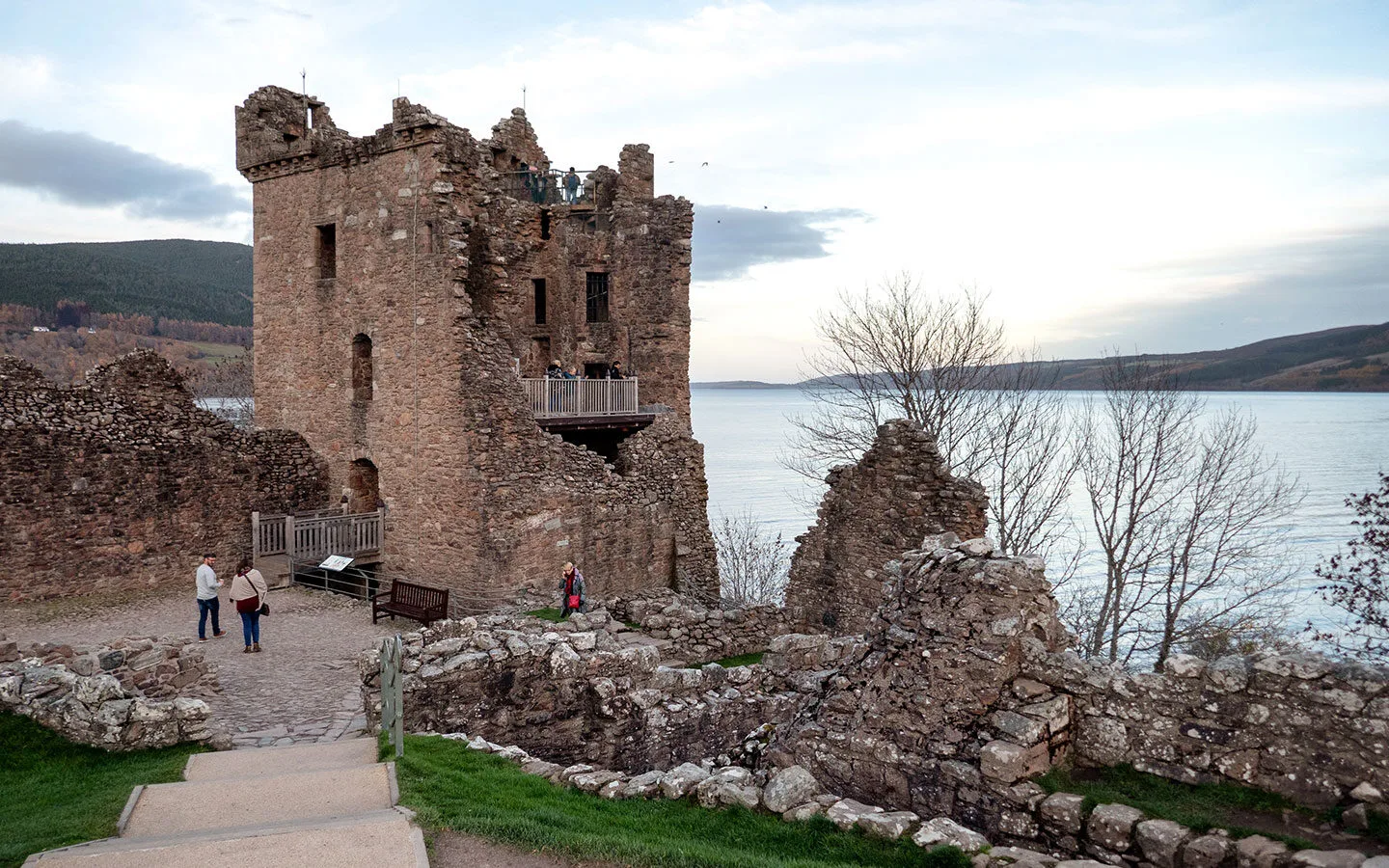
3. Get on your bike
Whether you’re a mountain or road biker, there are cycling routes to suit you around Loch Ness. Or if you like the idea of exploring by bike but don’t fancy the hills, you can hire an ebike from the Loch Ness Hub in Drumnadrochit. These battery-powered bikes give you an extra burst of power when you need it, so you can cover more ground.
There’s a range of different cycling routes near Drumnadrochit, including forest paths through the Craigmonie and Balmacaan Woods, the two-mile ride out to the Falls of Divach waterfall, or the road route along the loch to Urquhart Castle.
Or if you’re after a bigger challenge you can ride a stretch of the Affric Kintail Way (44 miles from Drumnadrochit to Morvich in Kintail), Great Glen Way (73 miles from Inverness to Fort William) or Loch Ness 360° Trail, which loops all the way round the loch.
Get there: Ebikes are available to hire at the Loch Ness Hub in Drumnadrochit from April to November. Full day hire costs £38 or half-day £25 (minimum age 14).
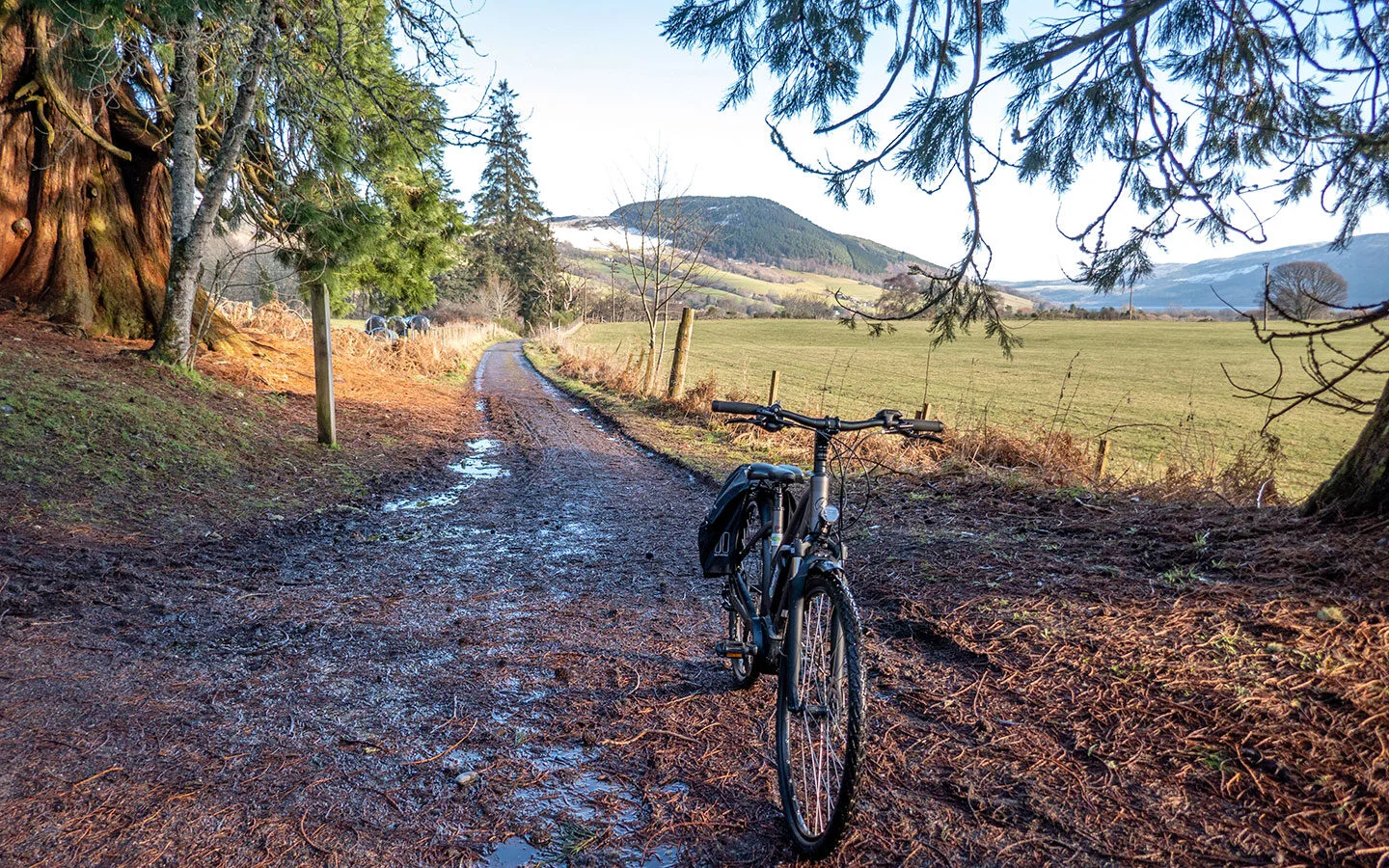
4. Or take a hike
Heading out into nature to soak up the views and the fresh air is one of the best ways to improve your wellbeing. And there are plenty of walking routes to choose from around Loch Ness – from multi-day long-distance trails to short forest walks.
If you’re short on time, you can hike part of the Great Glen Way or South Loch Ness Trail (a 28-mile route which runs down the loch’s quieter side) as day walks.
You can also can climb to the top of Meall Fuar Mhonaidh, the highest hill in the area at 699 metres with views as far as Fort William. Or if you’re looking for something easier, the Abriachan Forest walks are well-marked trails through woodland in the hills above Loch Ness. Or follow the River Oich Walk though pine trees from Fort Augustus.
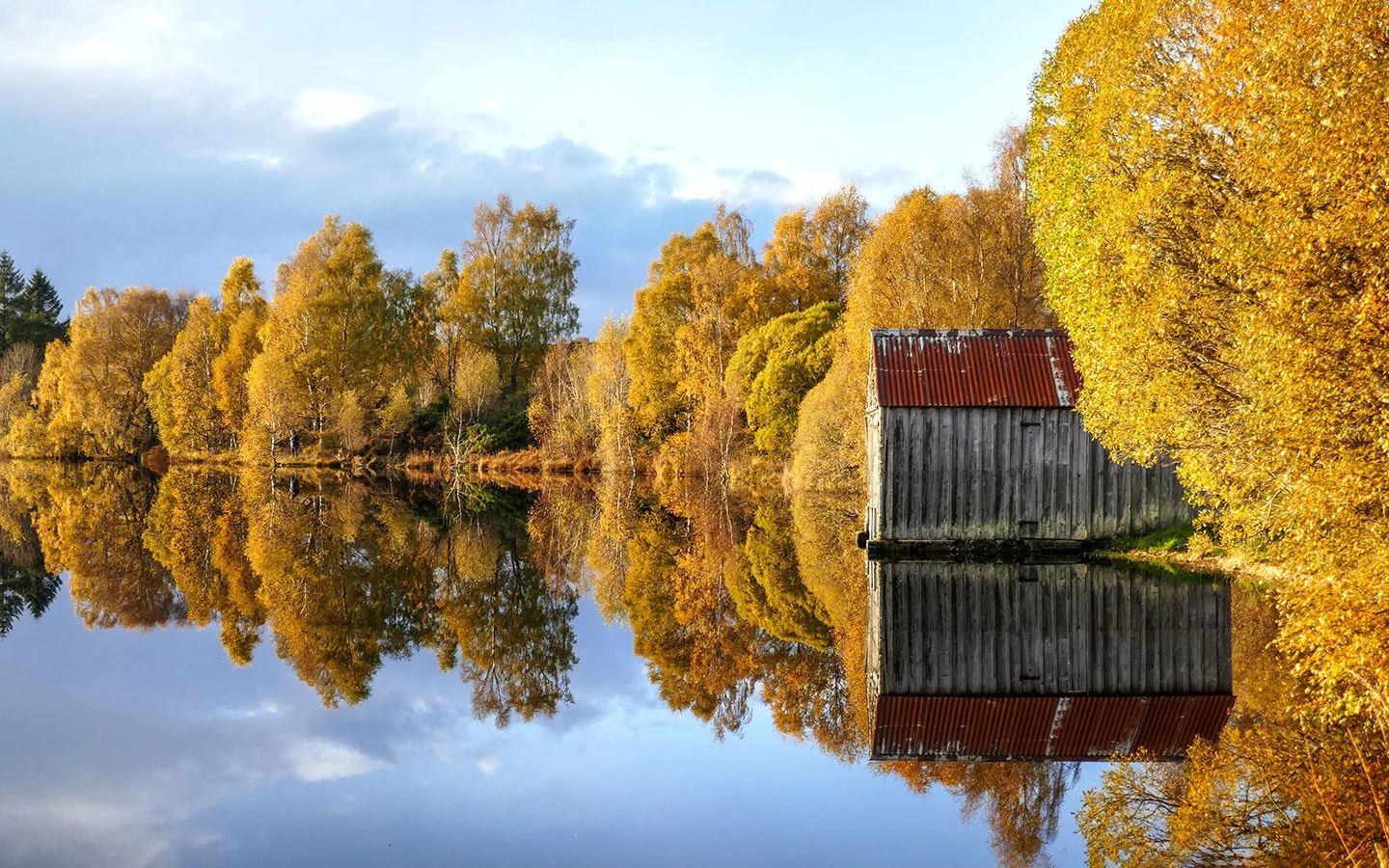
5. Explore fairytale Reelig Glen
Just north of Loch Ness, Reelig Glen is an ancient forest that’s home to some of Scotland’s tallest trees. This tranquil glen is a narrow, steep-sided gorge with the Moniack Burn rushing through it past stone bridges, grottoes and trickling waterfalls.
Follow the mile-long Tall Trees Trail to see some of the glen’s giants. Reelig is also known as the fairy glen, and although you might not spot one of those, you can see wildlife like red squirrels and pine martins. The glen was originally owned by the Fraser family, who planted conifer and broadleaved trees in the early 1800s to create the forest.
There must be something in the water, as Reelig Glen has the largest concentrations of tall trees in the county. A 64-metre-high Douglas Fir known as Dughall Mor (‘Big Douglas’) held the record for the tallest tree in Britain – until it was overtaken by its neighbour.
Get there: Reelig Glen is 10 miles east of Inverness via the A862 or 8 miles north of Loch Ness via Abriachan. There’s off-road parking at the start of the trail.
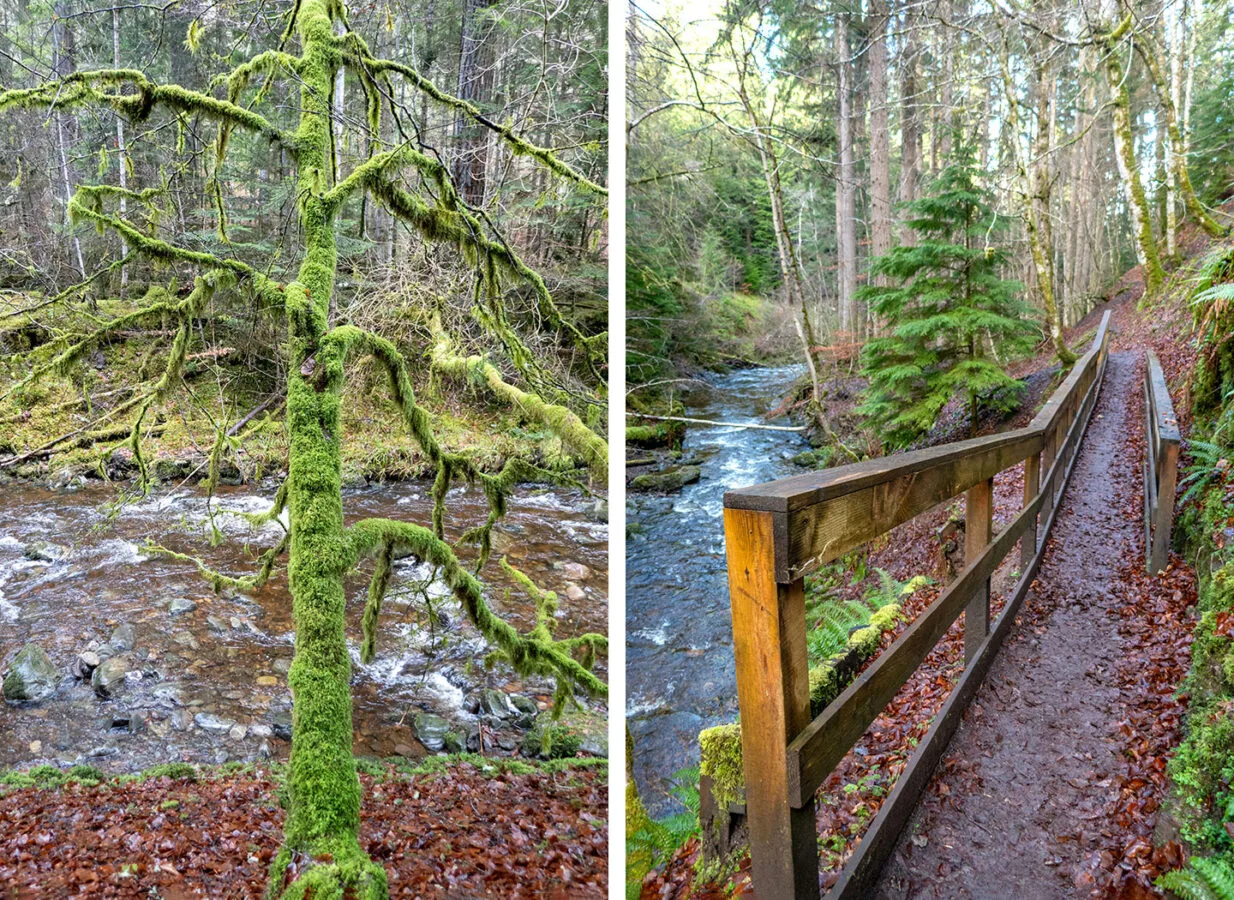
6. Visit the ruins of Beauly Priory
Not far from Reelig Glen is the town of Beauly – which is said to have got its name from Mary Queen of Scots who passed through in 1564 and said ‘C’est un beau lieu’ (what a beautiful place). And she wasn’t wrong, particularly when it comes to Beauly Priory.
Beauly Priory was founded in 1230 for Valliscaulian monks who came from Dijon in France. They lived there for 300 years, but after the Reformation its stone and lead were stripped away and all that’s left now is the atmospheric ruins of the abbey church.
The church lost its roof along the way but you can still see original stonework and tombs of the Mackenzie family, as well as historic graves in the churchyard. And look out for the gnarled sycamore tree by the entrance which is over 800 years old.
Get there: Beauly Priory is 18 miles east of Inverness via the A9/A832, or 14 miles north of Drumnadrochit via the A833. Entry is free.
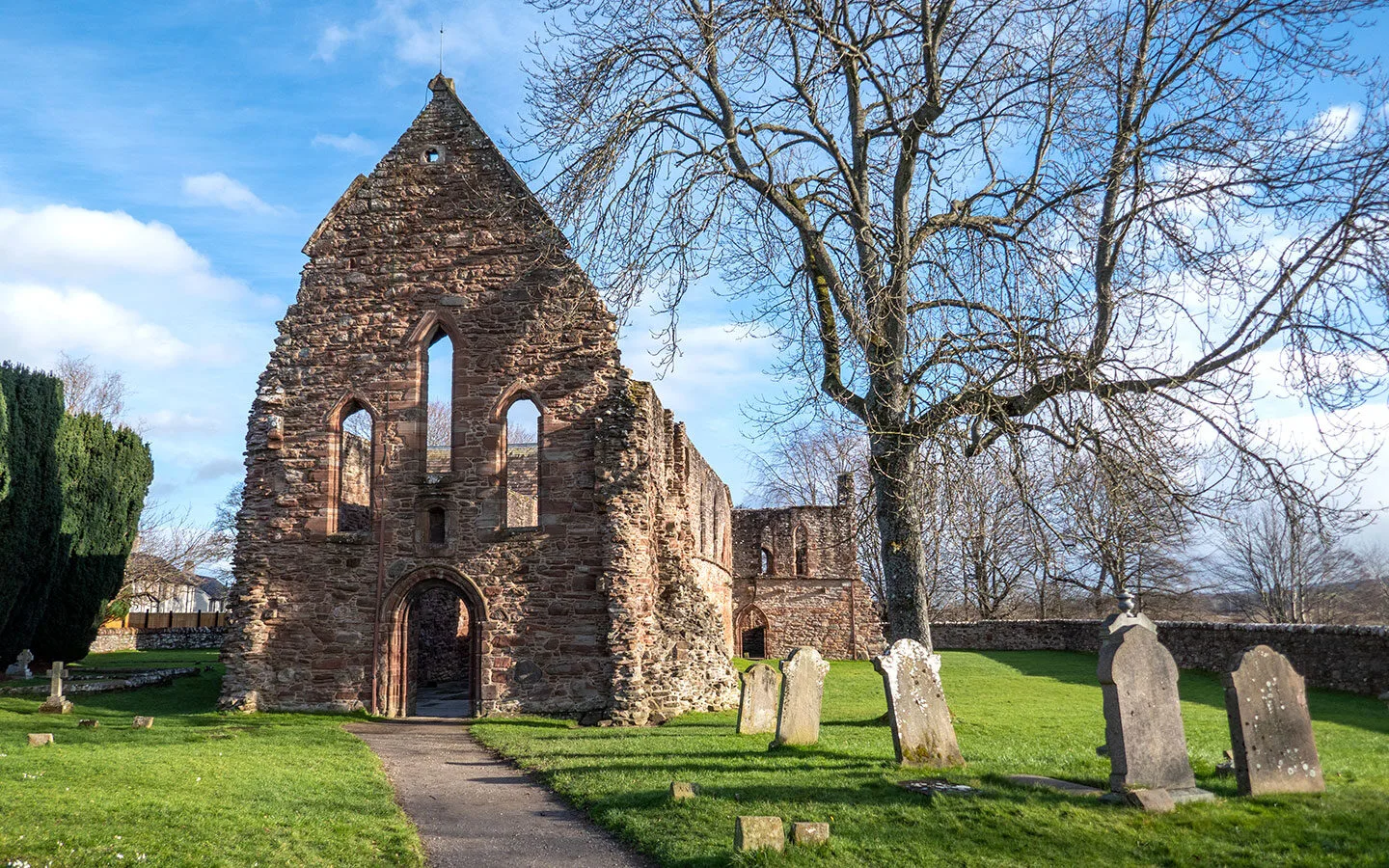
7. Taste whisky at the Glen Ord Distillery
For a truly authentic Highland experience you can’t miss a visit to a whisky distillery to see how Scotland’s liquid gold is made – and taste a dram or two.
The Glen Ord Distillery is located on the atmospherically named Black Isle, west of Inverness. It was founded in 1838 to make use of local barley and has grown to be Scotland’s fourth largest distillery. They run tours to give you a behind-the-scenes insight into the process, from the gleaming copper stills to the stacks of barrels where it’s aged.
The tour ends with a tasting of three of their whiskies, including their flagship Singleton of Glen Ord. This smooth honeyed whisky is normally exported to South East Asia, so a visit to the distillery is a rare chance to get your hands on it.
Get there: Glen Ord Distillery is 15 miles east of Inverness via the A9/A832, or 17 miles north of Drumnadrochit via the A833. You can also catch the train to Muir of Ord station, a 10-minute walk away. The Singleton Of Glen Ord Tour costs £11 per person.
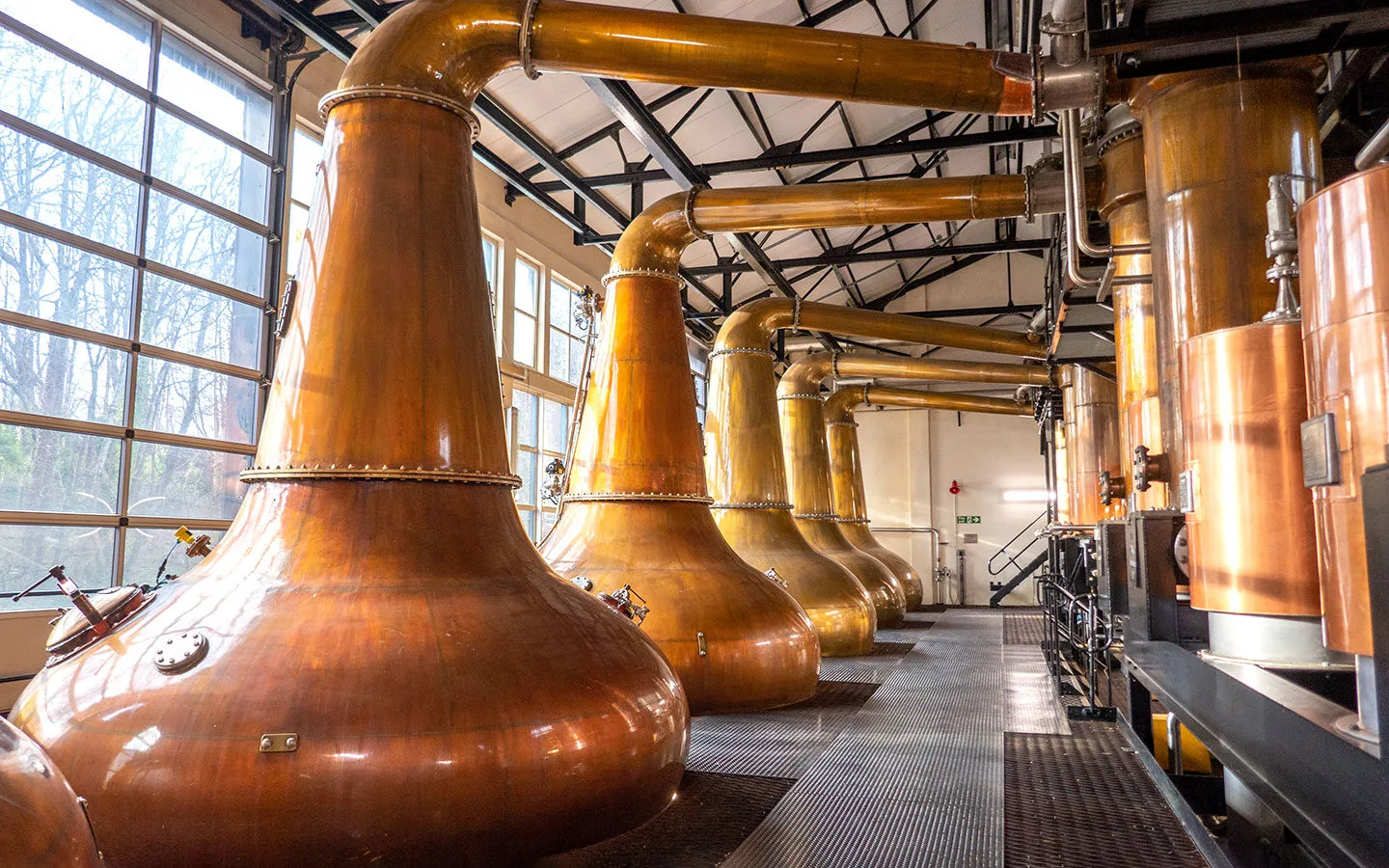
8. Check out the views from the Suidhe viewpoint
If you want to get away from it all, head to the peaceful south side of Loch Ness which sees a lot less visitors. Follow the single-track General Wade’s Military Road as it twists and turns along the loch. The road (less excitingly known as the B862) was built in the 1700s so the government could get around more easily to tackle any Jacobite uprisings.
There are stunning views of lochs, forests and mountains all along the route, but one of the most scenic spots is the Suidhe viewpoint. Rising up to 1200 feet high, you get panoramic views of Loch Ness and the smaller Loch nan Euan from the top.
Being so high means that the weather can be totally different than at the loch – we ended up in snow drifts in February! The viewpoint is just a short walk off the road, but if you want to go further, the South Loch Ness Trail runs down to nearby Loch Tarff.
Get there: The Suidhe viewpoint is on the B862, 5 miles north of Fort Augustus.
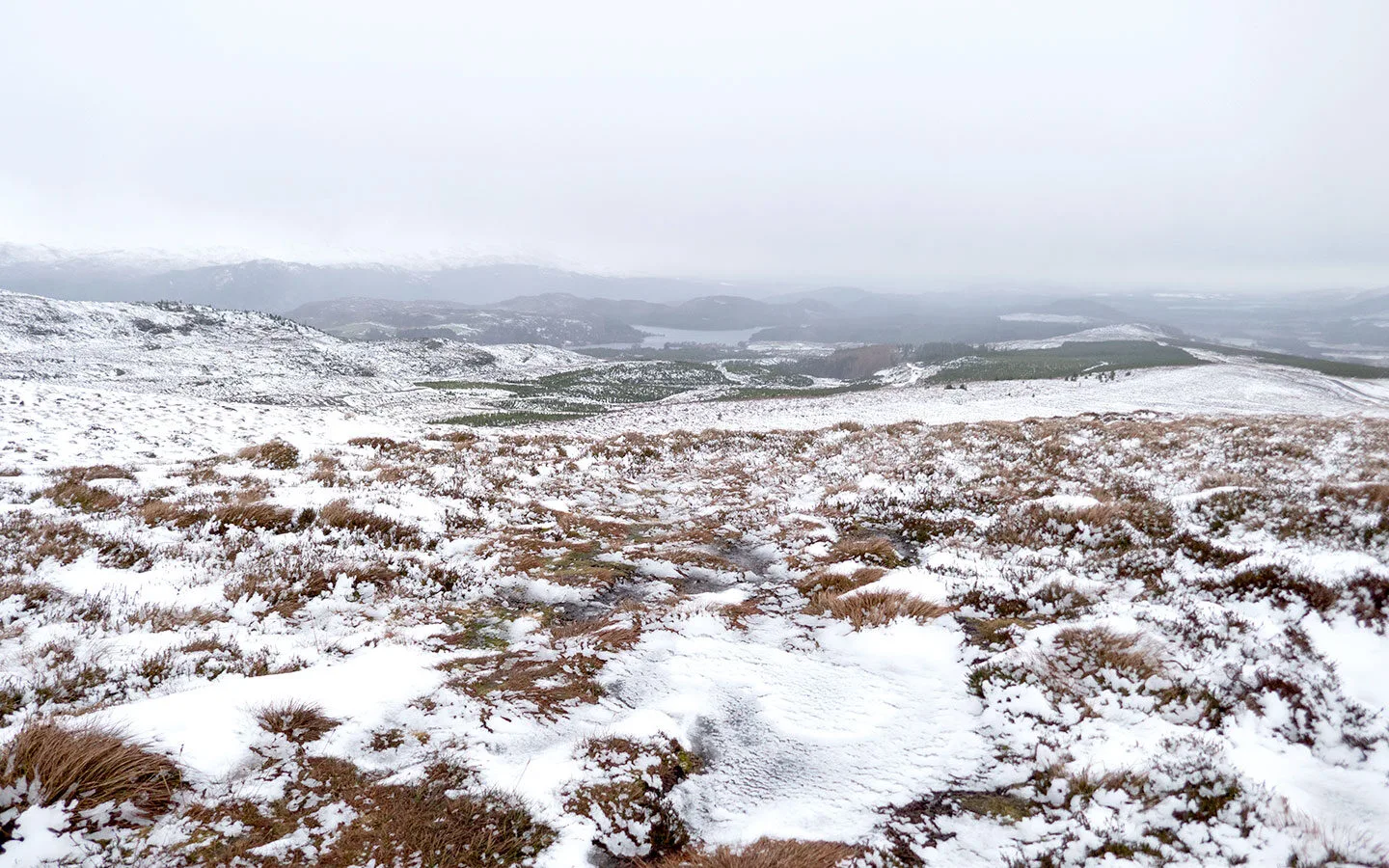
9. Follow Robbie Burns to the Falls of Foyers
Further along the loch’s south side is the small village of Foyers, home to the Falls of Foyers. A path zig-zags its way down through the forest past dripping ferns and mossy trees to a viewpoint overlooking the 165-foot-high waterfall. Time your visit after its rained to see the falls at their best, when ‘As high in air the bursting torrents flow’.
The sight of the falls inspired Scots poet Robert Burns to pen the poem Lines On The Fall Of Fyers Near Loch-Ness on the spot when he visited in 1787. And if you keep an eye out for carved stones along the walk you can see snippets of the poem.
In Burns’ day he’d have had to climb down a slippery bank to reach the falls. Now a path takes you to the first viewpoint in around 20 minutes, and you can then carry on to a lower viewpoint or even keep on going downhill all the way to the shores of Loch Ness.
Get there: The Falls of Foyers are 13 miles north of Fort Augustus via the B862, or 20 miles south of Inverness. There’s parking opposite, next to the shop and café.
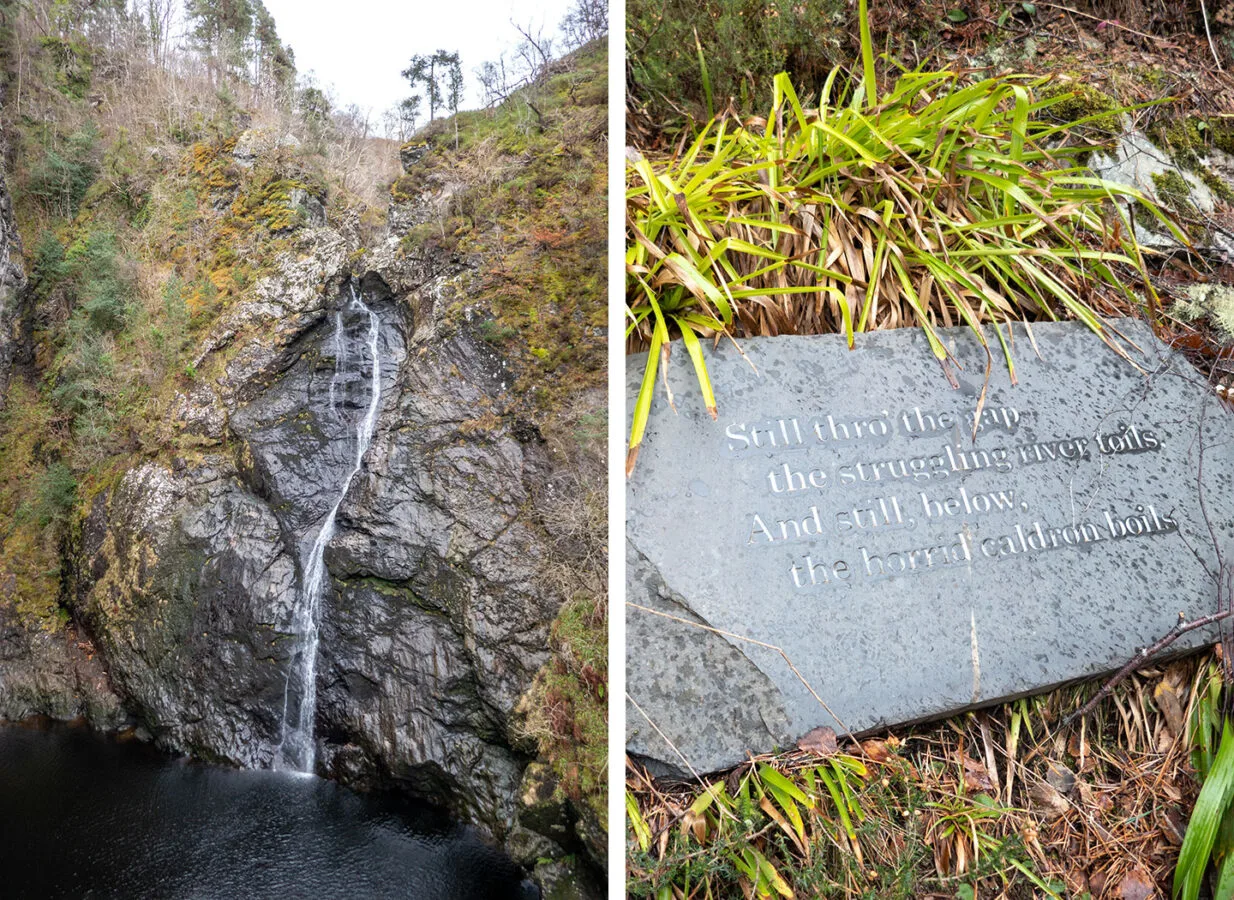
10. Watch sunset from Dores Beach
At the northern end of the loch is Dores Beach, a pebbly beach with some of the best views down the whole length of Loch Ness. It’s a good place to watch the sun set over the loch, with the colours of the sky reflected in the waters below.
You can also take a 4.5-mile circular walk along the shoreline to Torr Point, then on past Aldourie Pier and Castle, and finally back to the village of Dores, where you can stop for a drink in the Dores Inn (look out for the caravan of Nessie Hunter Steve Feltham, who’s been keeping watch for the Loch Ness Monster here for over 30 years).
Wild swimming has become a popular wellness activity. But although the waters of the loch might look tempting on a sunny day, it’s not advised to swim in Loch Ness – because it’s so deep, the water only reaches an icy 5ºC (41ºF) in summer.
Get there: Dores Beach is 9 miles south of Inverness via the B862.
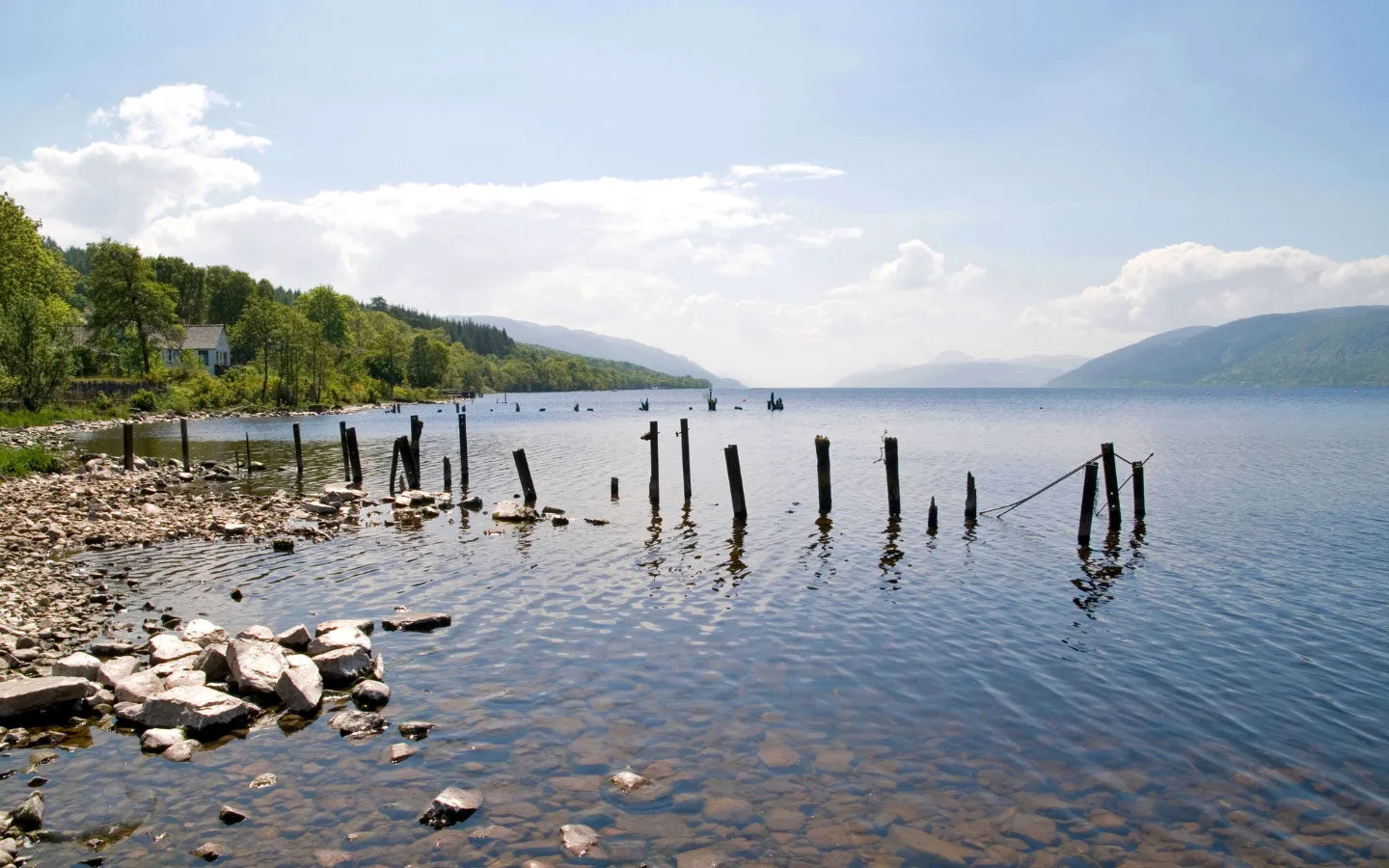
11. See boats on the Caledonian Canal
Stretching for 60 miles, the Caledonian Canal connects Scotland’s east and west coasts, running between Inverness and Fort William using a combination of lochs and man-made canals. It was built in by Scottish engineer Thomas Telford and opened in 1822.
The canal was originally built to help create jobs in the Highlands, but it wasn’t a great success to start with. It became a tourist attraction after Queen Victoria took a cruise on the waters in 1873 though – and you can still take canal boat trips today.
The small town of Fort Augustus is where the canal joins Loch Ness, and you can see how it was built at the Caledonian Canal Centre, as well as watching boats going down the locks or taking an easy walk along a stretch of the canal towpath.
Get there: The Caledonian Canal Centre is 34 miles south of Inverness. Entry is free.
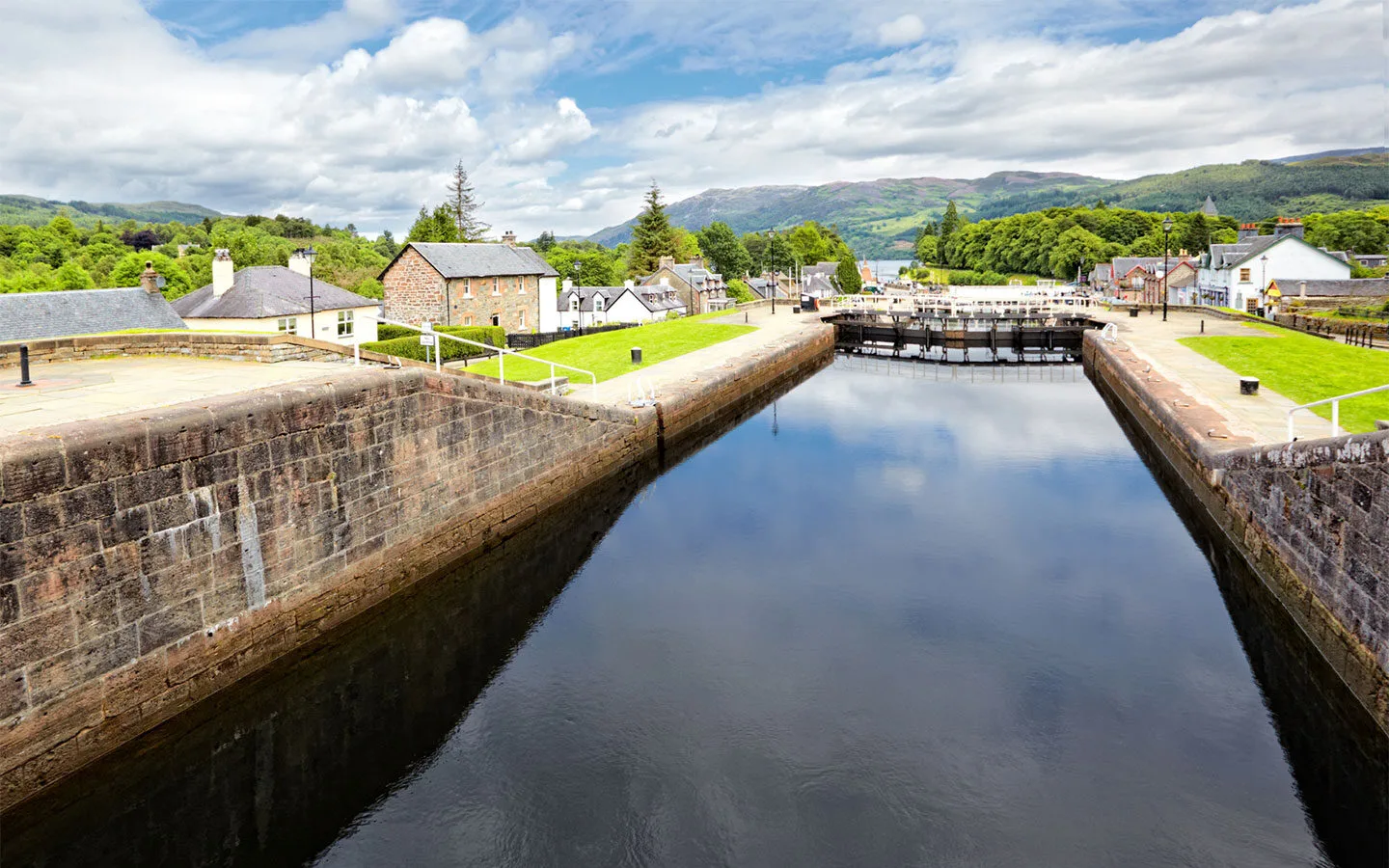
12. Discover the legends of Nessie
You can’t have a trip to Loch Ness without mentioning its most famous resident – the Loch Ness Monster. Loch Ness’ waters are deep and murky, thanks to high quantities of peat, so who knows what might be lurking beneath the surface.
The Loch Ness Monster was first mentioned in a sixth-century book about Saint Columba, but a sighting in 1933 started off the Nessie obsession, and over 1000 people say they’ve seen it since. Is there a prehistoric creature living in the loch, or is it a giant eel, trick of the light or hoax? Sonar, submersibles and satellites have all failed to say for sure.
Learn more at the Loch Ness Centre and Exhibition, which takes you through the history of the loch as well as the search for the monster. It’s also the site of the Great Glen Distillery, who make their own gins in Scotland’s smallest craft distillery.
Get there: The Loch Ness Centre and Exhibition is in Drumnadrochit. Entry costs £8.95 adults (£7.95 concessions, £4.95 children aged 6–15).
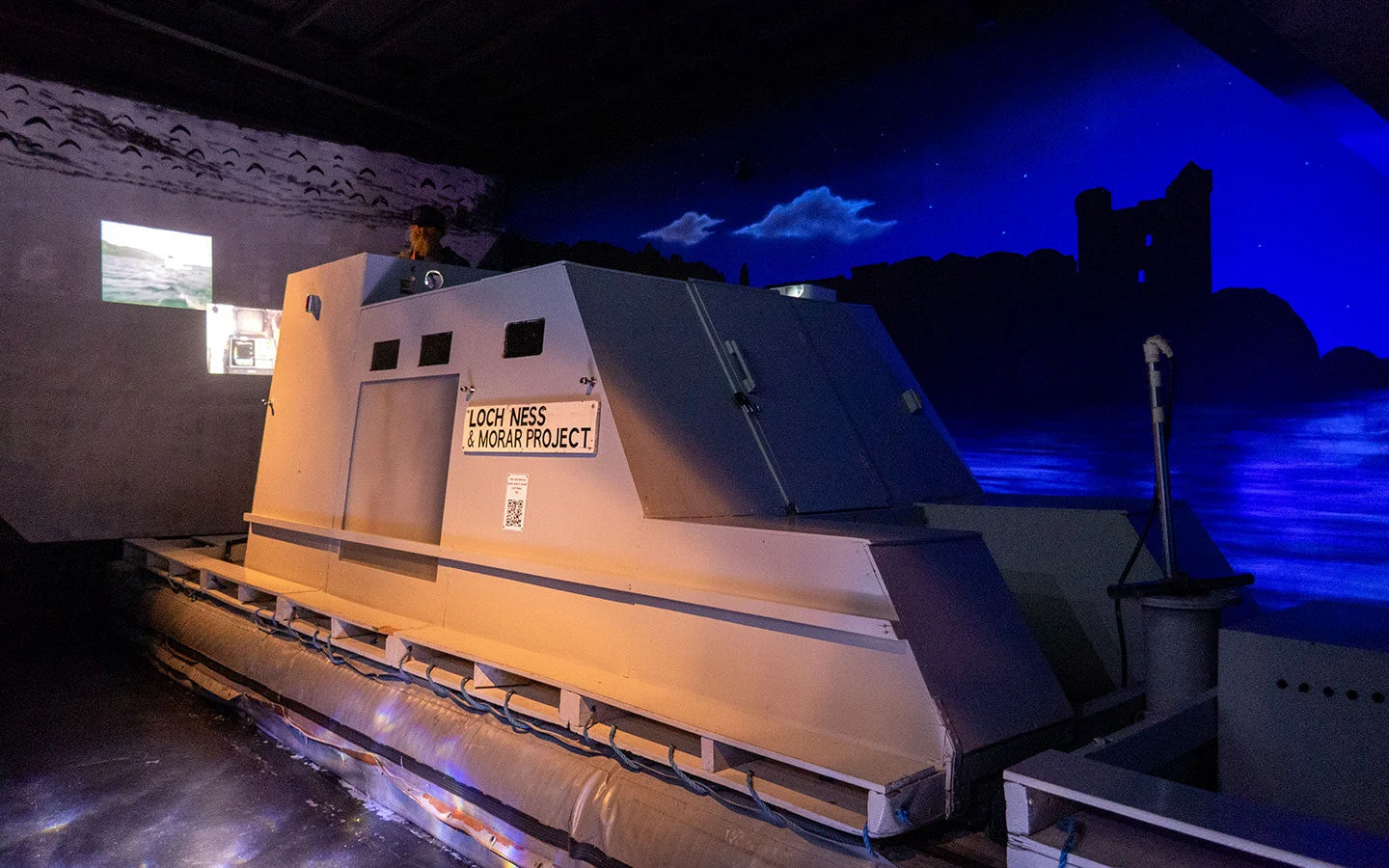
Map of things to do in Loch Ness
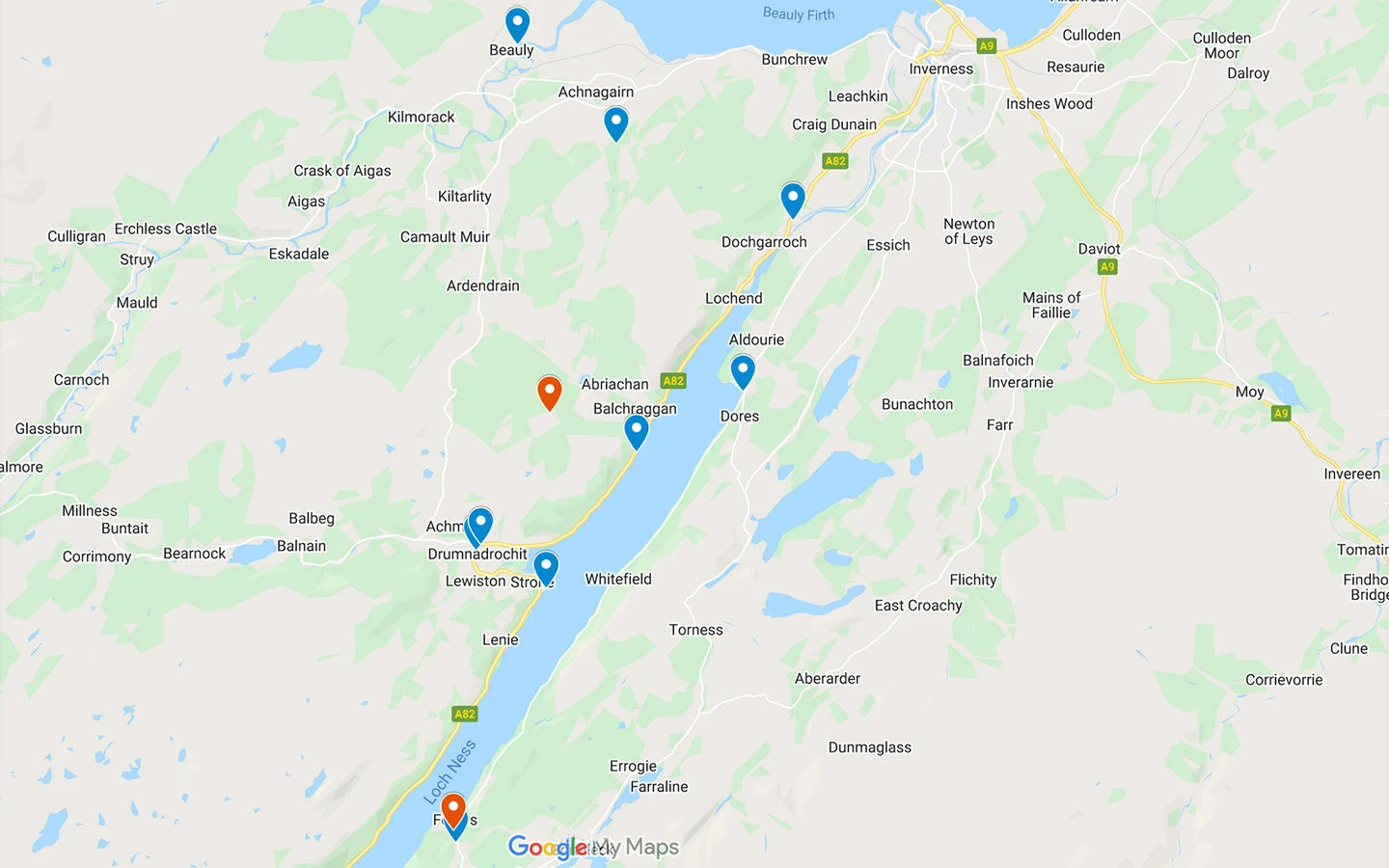
The details
How to get to Loch Ness
Loch Ness is just 8 miles southwest of Inverness, where you’ll find the nearest airport. There are also trains to Inverness from Edinburgh and Glasgow (both 3.5 hours) and London (8 hours). Or you can take the Caledonian Sleeper train from London, which leaves Euston around 9pm and gets into Inverness at 8.45am the next morning.
If you’re visiting as part of a Scotland road trip, Loch Ness is around 175 miles from Edinburgh, 184 miles from Glasgow, 50 miles from Fort William and 65 miles to Kyle of Lochalsh (where you cross the bridge to the Isle of Skye).
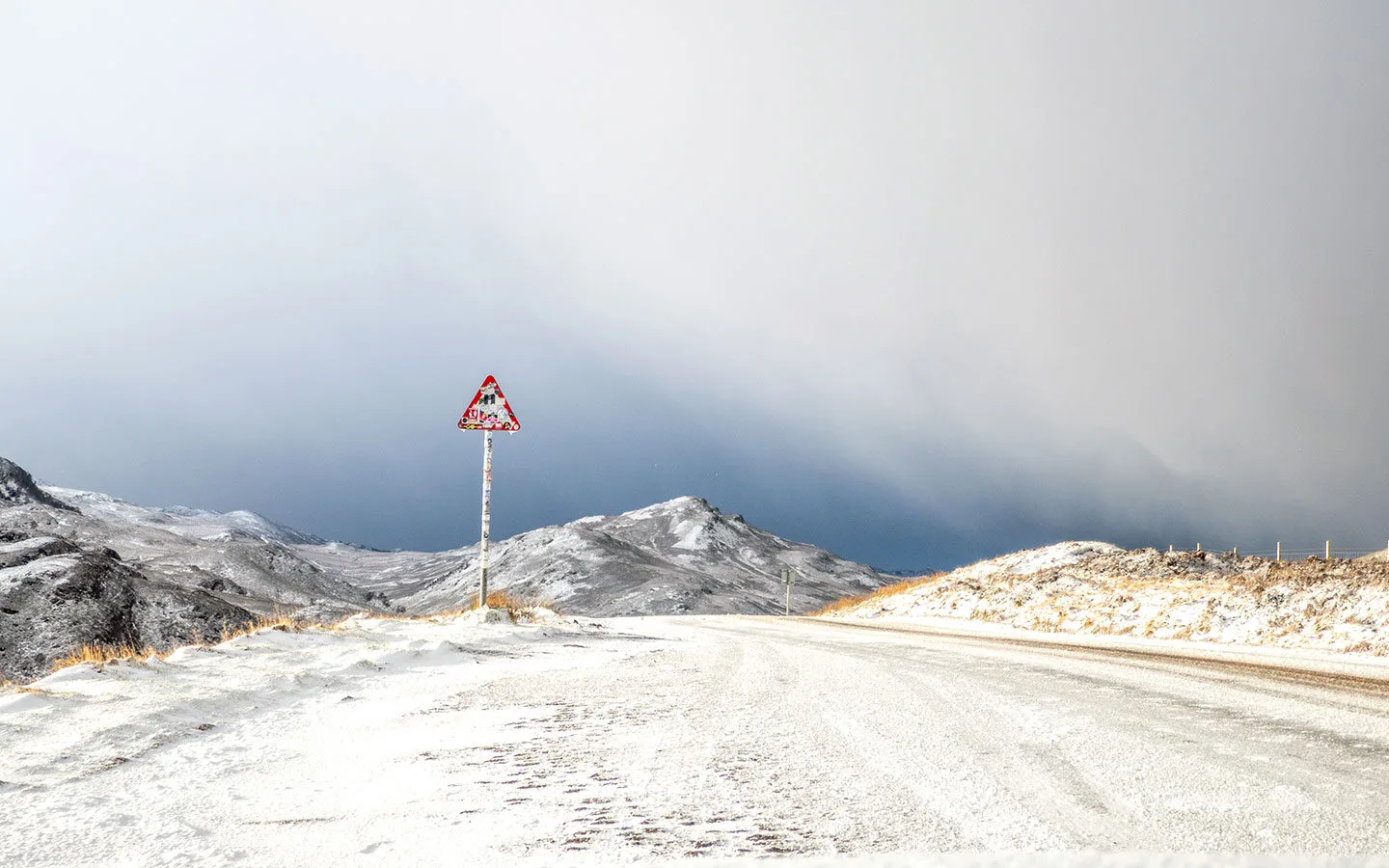
It’s easiest to get around the Highlands by car (available for hire in Inverness or at the airport) but there are also local buses, though they’re not very frequent. The Citylink 919 bus connects Inverness with Drumnadrochit, Urquhart Castle and Fort Augustus. And the Stagecoach 16 service runs along the south side of the loch to Dores and Foyers.
There are also day tours from Inverness* which include many of our top things to do in Loch Ness, like the boat trip, Urquhart Castle, Foyers and Dores Beach. Or you can take day trips from Edinburgh* and Glasgow* which also visit Fort William and Glencoe.
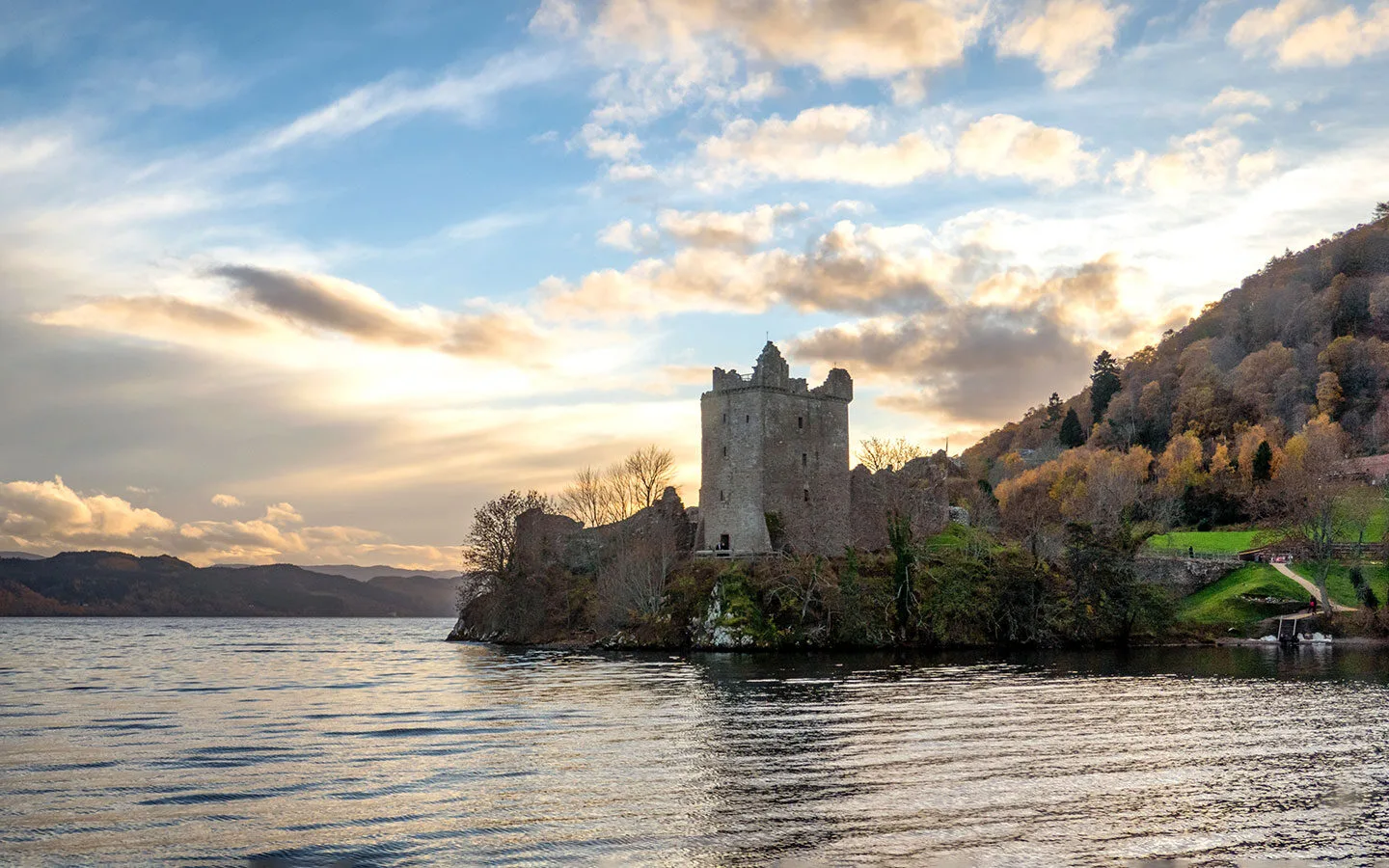
Where to stay in Loch Ness
Abriachan: Rivoulich Lodge is a friendly B&B tucked away in the hills above Loch Ness, surrounded by peaceful woodland and on the Great Glen Way walking route. They have four en-suite bedrooms as well as a cosy guest lounge with woodburner, and your stay includes a tasty full Scottish (or veggie) breakfast.
Fort Augustus: The four-star Lovat Loch Ness lies at the far south of the loch on the site of a former barracks. It mixes luxury with sustainability, with eco-friendly policies like a wood chip boiler and waste recycling. Rooms range from garden cabins to suites, and there’s also the 3 AA Rosette Station Road Restaurant and Waypoint Bar.
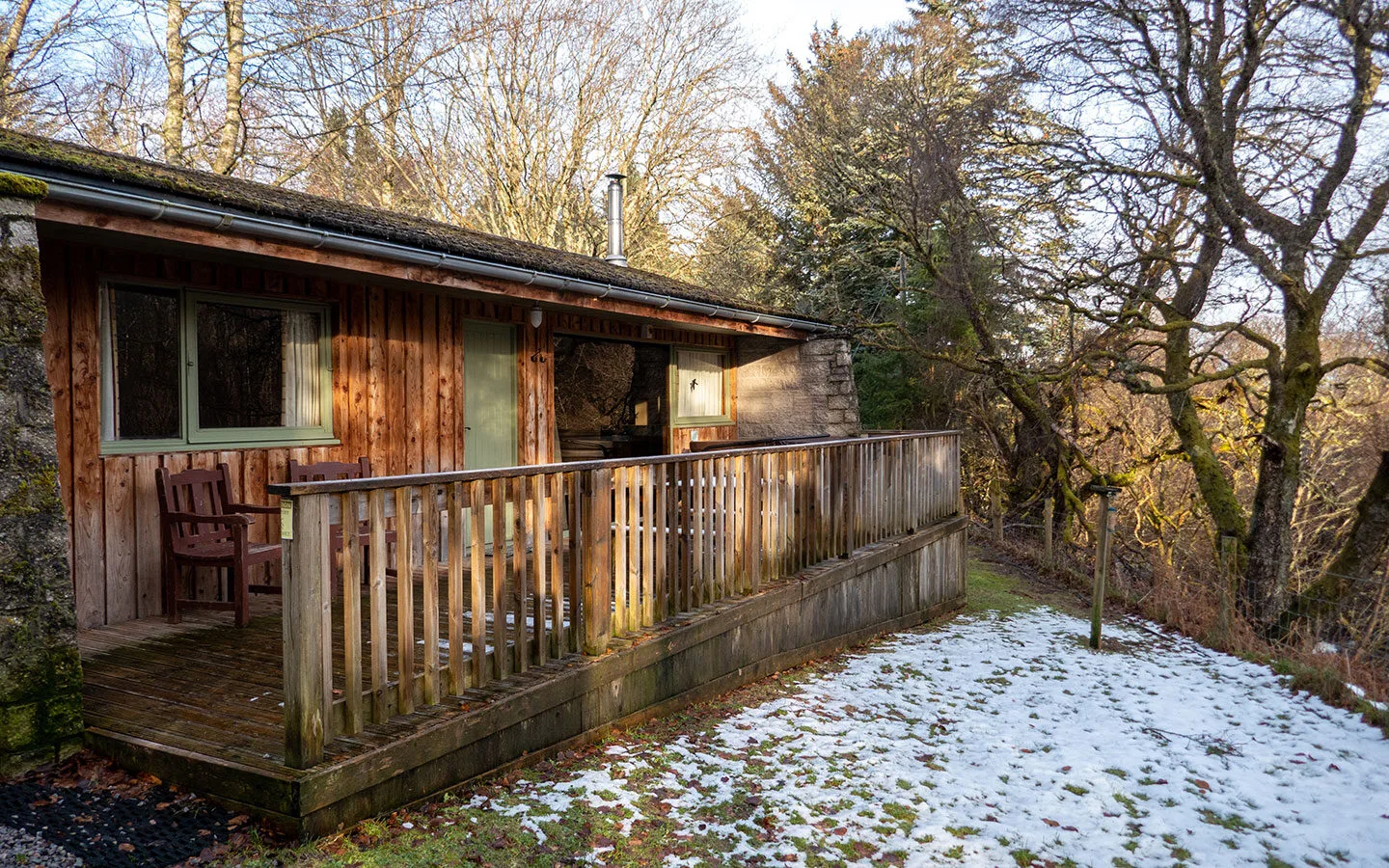
Whitebridge: On the loch’s quiet south side, the Wildside Highland Lodges are a group of log cabins on the banks of the River Fechlin. There are a few different types, from the simple one-bed Glenmorangie Lodges to the luxurious three-bed Dalwhinnie Lodges. But all come with a wood-burning stove and private hot tub to soak under the stars.
Foyers: Also on the south side of Loch Ness, the Craigdarroch Hotel is a traditional Highland lodge overlooking the loch. There are 10 en-suite bedrooms with views of either the loch or woods, and dogs are welcome in some rooms. There’s also a restaurant on site serving food made with local produce, and beer garden with sweeping views.
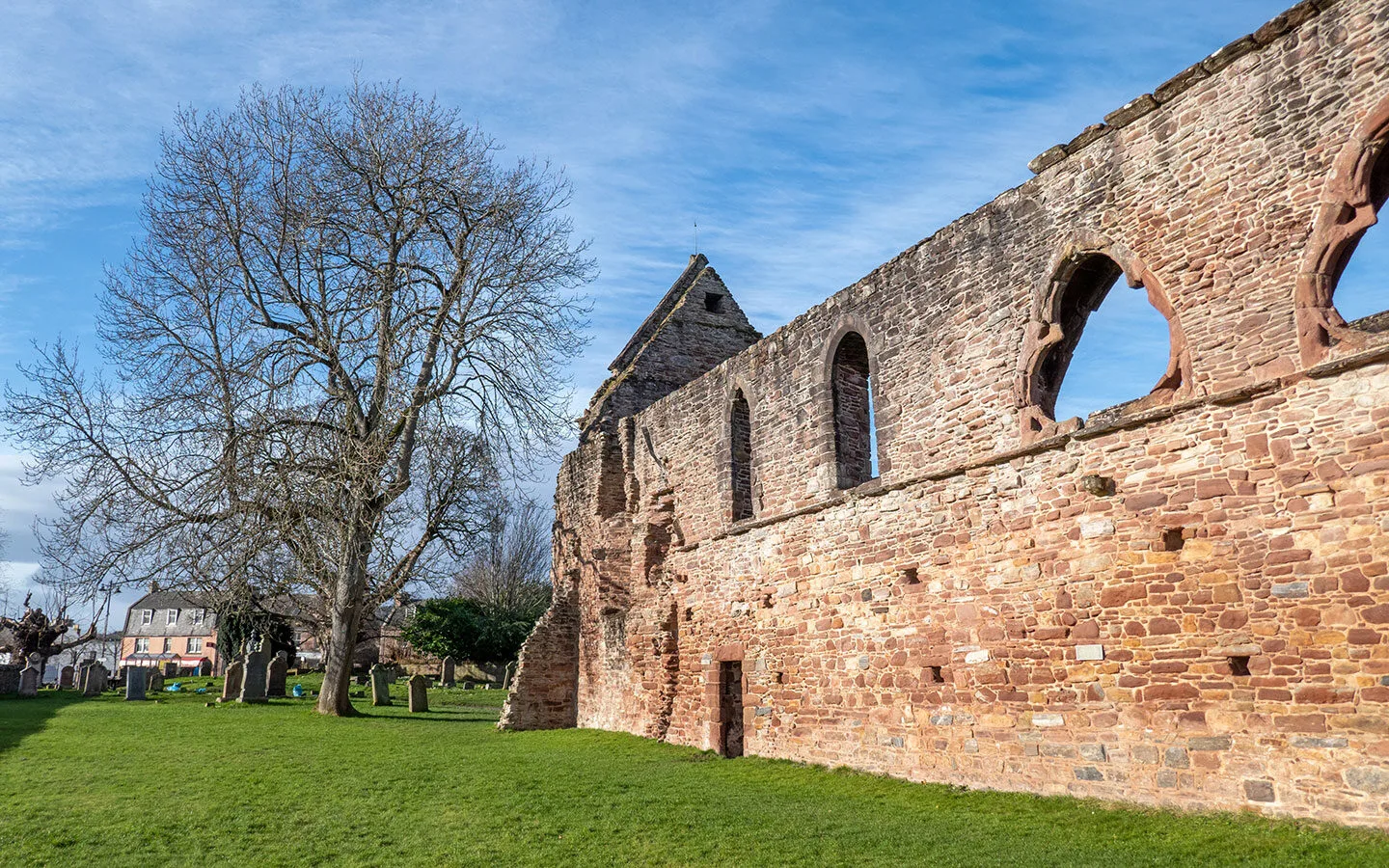
Save for later
